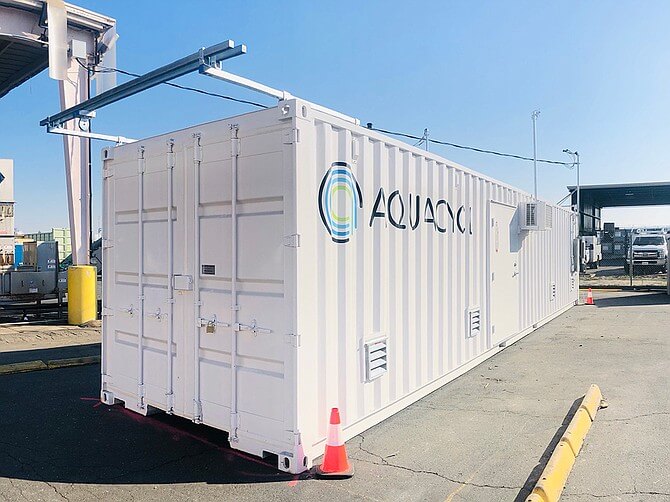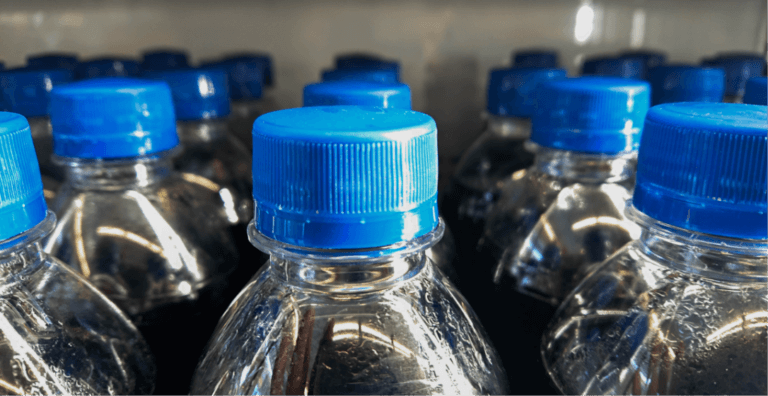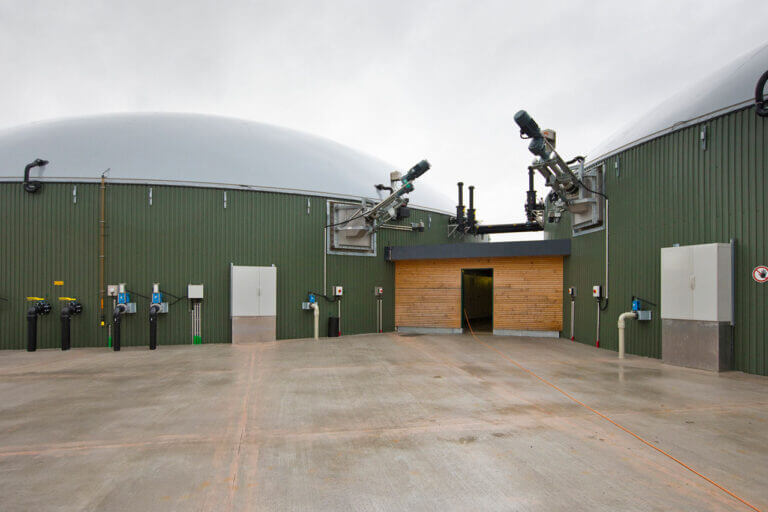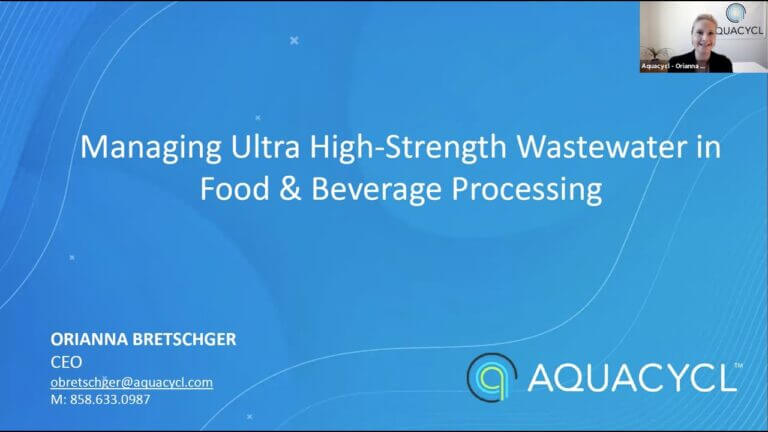Looking to the year ahead, here are some trends and predictions we will be seeing this year in the water sector.
Driven primarily by global shifts in regulations and an emphasis on conserving our resources, understanding the trends for the upcoming year is crucial for informed decision-making in wastewater management.
Trends Coming to the Water Sector
- Operationalizing Benefits – A Win for Climate and Business Value
Companies are now recognizing the necessity for operational benefits alongside sustainability initiatives and applying ways to assess the ‘true cost of water’. The return on investment for water conservation, water reuse and watershed restoration projects can now be more accurately quantified and utilized to show business value.
The concept of “operationalizing commitments” emphasizes that sustainable practices should bring tangible value to the core business.
Across various sectors, the realization is growing that improvements or deficiencies in one aspect of operations can have a cascading effect on others. This prompts a strategic approach to sustainability projects. Multi-level outcomes will now hold greater weight on project decisions as we see a greater connection of wastewater and water to other portions of our natural and industrial world.
- PFAS – It Doesn’t Need to be Forever
One of the key focal points when it comes to wastewater treatment this year is the increasing conversation around per- and polyfluoroalkyl substances (PFAS).
Public demand for control of these harmful chemicals is rising, as highlighted by the European Union’s efforts to extend treatment and control measures for these compounds from wastewater discharges. The EPA is also addressing PFAS for the first time in their NECI, enforcing the treatment of PFAS to fall on the producers and major users of PFAS, not on the impacted communities and general public.
The stringent requirements, such as achieving levels as low as 4 parts per trillion for drinking water, pose significant challenges and financial burdens on utilities and companies. The trend is pushing towards decentralization, advocating for the treatment of PFAS at the source, and driving innovators to continue developing technologies that will ease these challenges.
Thankfully, there are many companies working to scale their solutions for distributed PFAS destruction. Innovators are ready to meet the challenge.
- Digital Water Management – Data, Data, Data, AI, Data, Data…
You knew I had to include this in here, the big topic of conversation for this year, Artificial Intelligence (AI).
It’s true that AI is moving into every industry, and wastewater is not being left behind.
We are constantly seeking better visibility into, and automation of, our water management systems. Technologies such as AI, real-time remote sensing, and advanced metering provide more data, leading to more informed decisions and greater ease toward responsible water management. With AI, we are seeing the use of digital twins and predictive capabilities added to real time responses and automated feedback that leave the guesswork and human error out of the equation.
Several companies offer tremendous solutions for utility, industry, and residential AI-enhanced water management. These offerings will only grow and further improve customer experience in the coming year.
- Wastewater as a Resource – And the Public Accepts!
I’ve been talking about viewing wastewater as a resource, for a long time now, but this year we are truly going to see a change in the public perception of wastewater.
With California already planning to adopt sewage reuse for drinking water, and the European Investment Bank building it into their 2023 Agenda for Sustainable Development, this notion of wastewater as a resource is moving faster, and with greater acceptance, to the general public.
What does this mean for the water sector? Integrating innovations that focus on reducing the energy- and carbon-footprint of treatment systems. Water reuse does not need to come at the expense of climate goals. Both can be accomplished using a wholistic approach and embedding new technologies designed to meet this demand.
- Scope 3 – It’s Time
The low hanging-fruit has been harvested from Scope 1 and Scope 2, now the focus on supply chain sustainability is expanding to include water considerations, aligning with the growing emphasis on Scope 3 reporting.
As new regulations make Scope 3 reporting mandatory, companies are compelled to communicate more proactively on sustainability practices within their supply chains. Stakeholders are demanding greater transparency, making this trend a critical aspect of corporate sustainability strategies.
Fortunately, resources like the Greenhouse Gas Protocol, which aims to provide Scope 3 standards and assist companies in assessing their true value chain emissions, are ready to be utilized and more resources are becoming available to help companies meet their reporting requirements.
- Energy Transition – The H2O Version
Public and private sector initiatives are driving a significant energy transition, aiming to triple the world’s renewable energy capacity by 2030. Can we start to see this same momentum for water? Can we treat, distribute and reuse water with clean energy?
The answer is – Yes. The technologies already exist and there will be a higher importance on the water-energy nexus and decentralized approaches for water and energy. Taking a wholistic approach to energy and water projects will enable companies and communities can to more quickly transition and realize greater value from their investments moving into 2030.
Several innovative companies are already working successfully in the water-energy nexus – both utilizing existing water infrastructure for cost-effective energy generation and eliminating the need for grid-power to produce and treat water.
- Sustainability Reporting – More. Much, much more
The coming years mark a crucial period for sustainability reporting, with companies compelled to disclose climate-related risks and opportunities.
In Europe, the EU’s Corporate Sustainability Reporting Directive (CSRD) comes into effect this year. In the US, legislative acts like California’s Right to Repair Act and the Climate Corporate Data Accountability Act reinforce the existing financial reporting obligations.
These legislative initiatives emphasize the need for transparency, with the US regulatory framework likely to follow the EU’s lead in reporting on double materiality.
KPMG is helping companies adhere to CRSD requirements and find new ESG opportunities. Sustainable Future News provides a great guide to understanding ESG requirements and how to prepare, including great technologies to assist with monitoring.
How You Can Stay Ahead This Year
This year promises to be a transformative year for the water sector.
The interconnected nature of water and wastewater management with broader industrial and environmental considerations is becoming increasingly evident. It will be critical for companies and communities to stay informed, plan wholistically, and be adaptive while navigating the evolving waters of meeting and reporting on water and climate goals.
Looking for innovative companies that can help with these topics? Check out and follow these groups for what’s up-and-coming and ready to deploy in the US and EU:
Imagine H2O, The Water Council, BlueTech Research, The Water Alliance (US & NL), Uplink WEF – Aquapreneur Innovation Initiative, Unreasonable Group Fellowship Program, and the European Water Tech Accelerator.
Stay up-to-date on wastewater news and receive additional insights and resources as you navigate the coming year. Subscribe to our newsletter below!










